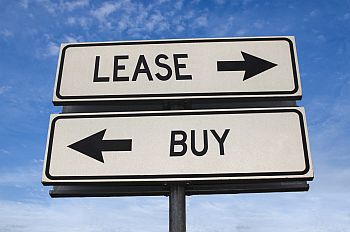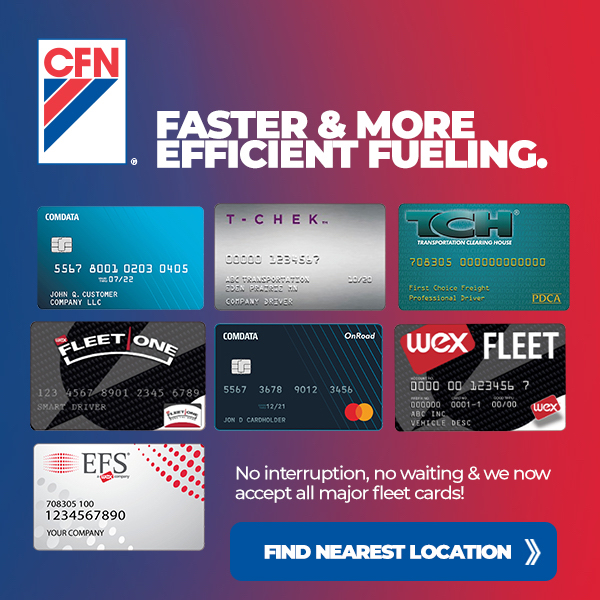
Buying a vehicle with a conventional car loan is pretty straightforward: You borrow money from a bank, credit union, or other lending institution and make monthly payments for some number of years and keep the car. Drive it as much as you want. But, what about leasing?
With a lease, buyers make a monthly payment to drive a new car for a set term. That payment is often less than the monthly cost of financing a new vehicle, but buyers must return the car at the end of the lease term.
Lease contracts specify a limited number of miles. If you go over that limit, you’ll have to pay an excess mileage penalty. If you don’t maintain the vehicle in good condition, you’ll have to pay excess wear-and-tear charges when you turn it in.
Read the article at Consumer Reports.




